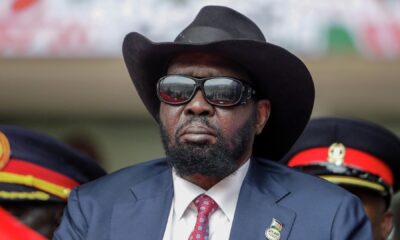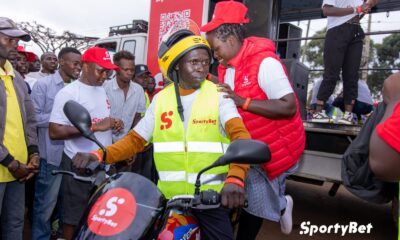Widespread community transmission of Covid-19 is now firmly established in this country, and every day hundreds of new cases are being reported. It is expected that in the coming days the numbers will keep increasing, only limited by the total number of tests being conducted daily.
This is because since the disease arrived on our shores, we have been unable to achieve the rate of testing that is required to get a clear picture of the actual extent of its spread.
When the restriction of movement into and out of some areas of the country was lifted a couple of weeks ago, it was predicted that there would be mass movement of Kenyans from the cities to the counties, increasing the risk of spread across the country.
This has been borne out in the past few days, and will continue to be the case for the foreseeable future. As a result, there have been renewed calls for what some are calling ‘lockdown’.
MOVEMENT RESTRICTIONS
While nobody is clear about what ‘lockdown’ means in our local context, the goal is clearly to try and limit the spread of the virus by imposing strict movement restrictions that might include preventing people from leaving their homes or neighbourhoods. Countries that have used this approach with some degree of success have certain characteristics that are not present in our country today.
Firstly, they imposed these restrictions when numbers were low and limited to small areas. This prevented spread and kept the numbers low, with some eventually being declared to have completely controlled the pandemic. Countries that imposed those restrictions after widespread transmission have not had similar success.
Secondly, countries that imposed strict movement restrictions used those periods to conduct massive testing in order to identify areas with higher prevalence of the disease and design appropriate interventions.
Unfortunately in Kenya, even when there were limited movement restrictions, we were unable to significantly increase our testing capacity for whatever reason.
INCUBATION SPOTS
The restricted areas became incubation spots that then seeded the rest of the country when the restrictions were lifted.
Finally, countries that imposed strict movement restrictions used the time of interrupted transmission to significantly build the capacity of their health systems to handle the surge expected upon lifting of the restrictions. They employed more health workers, trained them on management of Covid-19 and provided them with sufficient equipment and resources to do their job efficiently.
As a result, when the restrictions were lifted, they were able to handle increased numbers of patients who needed critical care without overwhelming their health systems.
Kenya has had a chronic shortage of human resources for health. It would appear that the current emergency has not spurred those responsible to address this situation with the urgency it deserves.
In the absence of these measures, it is pointless to propose the imposition of any further restrictions in the face of rising numbers of new patients. It makes more sense to focus of testing and caring for patients at hospitals, and protecting and empowering workers on the frontline.
A ‘lockdown’ without a plan is more harmful than no intervention at all.
Lukoye Atwoli is an Associate Professor of Psychiatry at Moi University School of Medicine. [email protected]

 General News3 days ago
General News3 days ago
 Business News1 week ago
Business News1 week ago
 Entertainment1 week ago
Entertainment1 week ago
 General News3 days ago
General News3 days ago





